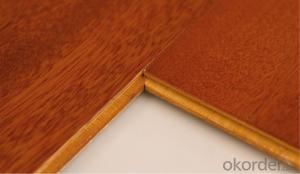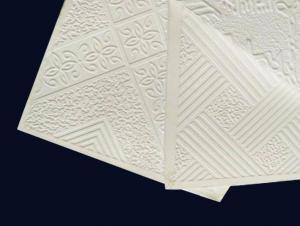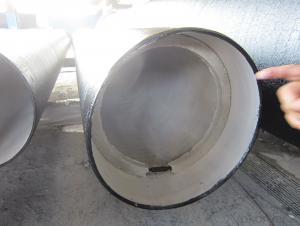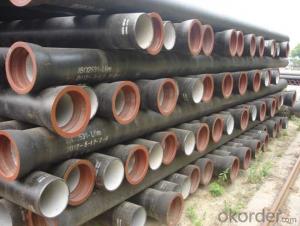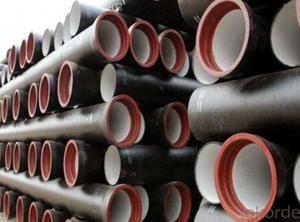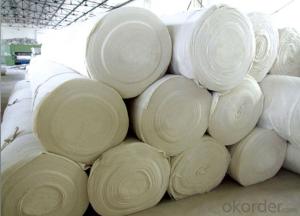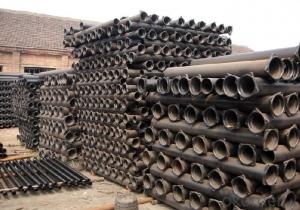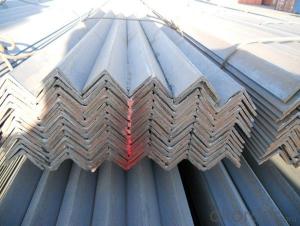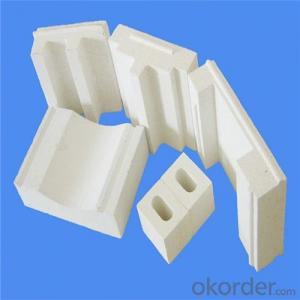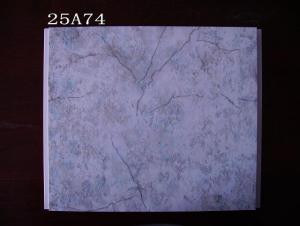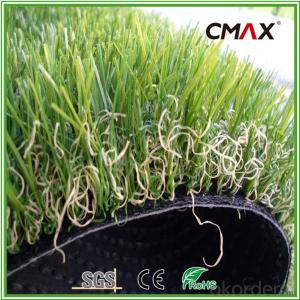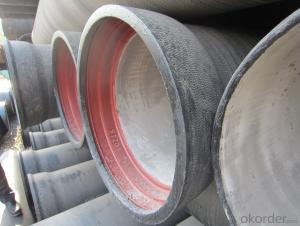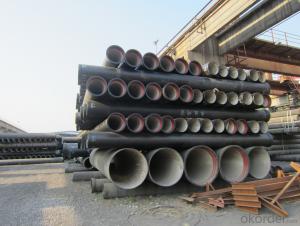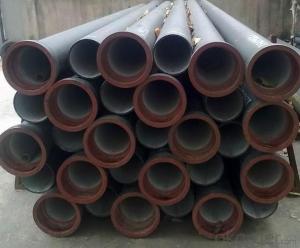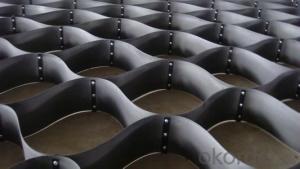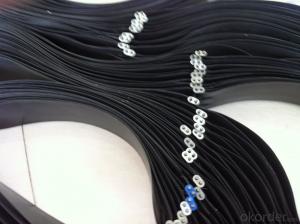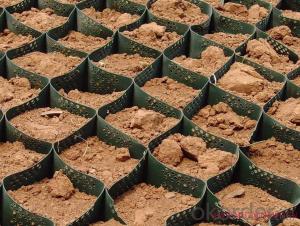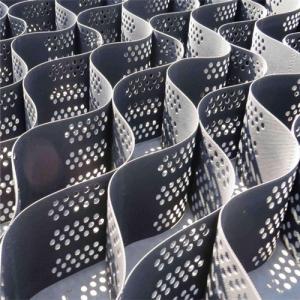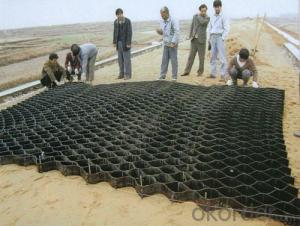Basics Of Structural Engineering
Basics Of Structural Engineering Related Searches
Shiny Or Dull Side Of Aluminum Foil For Cooking Inverter For 100w Solar Panel Solar Panel Inverter For Rv Pvc Tiles For Walls Wall Lights For Bedrooms Inverter Ac With Solar Panel Solar Panel With Inverter Kit Solar Panel Kits With Inverter Solar Panel With Inverter Direct Roving For PultrusionHot Searches
Cheap High Tea Sets For Sale Portable Led Signs For Sale Stone Hot Water Bottles For Sale Large Led Screens For Sale 1/4 Aluminum Plate For Sale H4 Led Headlight Bulbs For Sale Air Pump For Aquarium Price Solar Thermal Collectors For Sale Used Finger Joint Machine For Sale Aluminum Dock Plate For Sale Aluminum Plate For Sale Near Me Solar Chips For Sale Solar Business For Sale Solar Controllers For Sale Pipe Staging For Sale Aluminum Stock For Sale Near Me Used Electrical Wire For Sale 6 3 Electrical Wire For Sale Aluminum Towers For Sale 6 3 Wire For SaleBasics Of Structural Engineering Supplier & Manufacturer from China
Okorder.com is a professional Basics Of Structural Engineering supplier & manufacturer, offers integrated one-stop services including real-time quoting and online cargo tracking. We are funded by CNBM Group, a Fortune 500 enterprise and the largest Basics Of Structural Engineering firm in China.Hot Products
FAQ
- Yes, geocells can be used for seawall construction. Geocells are cellular confinement systems made of high-density polyethylene material. They can provide stability and reinforcement to the soil, preventing erosion and offering protection against wave actions and tidal forces. Geocells are commonly used for various coastal engineering applications, including seawall construction, due to their strength, durability, and ability to withstand harsh marine environments.
- Yes, geocells are generally resistant to hydrocarbons. The materials used in geocells, such as high-density polyethylene (HDPE), have excellent resistance to most hydrocarbons, including gasoline, diesel, and oil. This makes geocells a suitable choice for applications where exposure to hydrocarbons is expected, such as oil and gas industry sites or transportation infrastructure.
- Yes, geocells can be used in coastal protection structures. Geocells are engineered cellular confinement systems made from geosynthetics that can provide stability and erosion control in coastal areas. They can be filled with various materials such as sand or aggregate to create a stable foundation or to form walls and revetments, offering effective protection against coastal erosion and wave action.
- Yes, geocells are suitable for use in military applications. They offer a strong and stable foundation for various military infrastructure needs such as building temporary roads, runways, helipads, and storage areas. Geocells provide excellent load-bearing capacity, erosion control, and can be rapidly deployed and dismantled, making them ideal for military operations in different terrain conditions. Additionally, their modular design allows for easy transportation and quick assembly, offering flexibility and adaptability in dynamic military environments.
- The lifespan of a geocell can vary depending on various factors such as the specific materials used, the environmental conditions it is exposed to, and the level of maintenance and usage. However, on average, a well-designed and properly installed geocell can have a lifespan ranging from 10 to 30 years.
- Yes, geocells can be used in wetland restoration. Geocells are a versatile and effective solution for stabilizing soil and managing water flow in various applications, including wetland restoration. The interconnected cells create a stable structure that prevents soil erosion and promotes vegetation growth while allowing for proper water drainage and retention. Additionally, geocells can be filled with different materials such as sand, soil, or gravel to create specific habitat conditions and support wetland vegetation.
- The maintenance requirements for geocells are generally minimal. Regular inspection to check for any damage or displacement is recommended, as well as clearing any debris that may accumulate on the surface. In some cases, geocells may need occasional regrading or recompaction to ensure proper alignment and stability. Overall, geocells are designed to be durable and low-maintenance solutions for soil stabilization and erosion control.
- Yes, geocells can be used in bridge abutment stabilization. Geocells are commonly used in civil engineering applications to reinforce soil and provide stability. By installing geocells around bridge abutments, the soil can be confined, preventing lateral movement and increasing load-bearing capacity. This helps to enhance the stability and longevity of bridge abutments.
